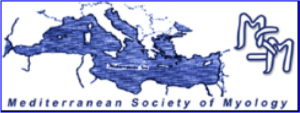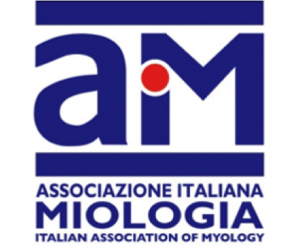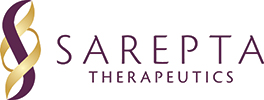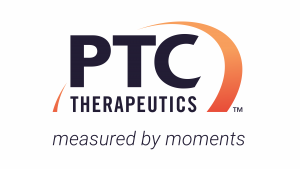This paper describes the pharmacological therapies and rehabilitative interventions received by 502 patients with Muscular Dystrophies, evaluated in relation to patient’s socio-demographic and clinical variables, and geographical areas.
Data were collected by the MD-Socio-Demographic and Clinical Schedule (MD-SC-CS) and by the Family Problems Questionnaire (FPQ).
The most part of the enrolled patients were in drug treatment. The number of the medications increased in relation to patient’s age, disability degree and duration of illness and was higher among patients with Duchenne Muscular Dystrophy (DMD) compared with Becker (BMD) or Limb-Girdle Muscular Dystrophies (LGMD). Steroids (deflazacort or prednisone) were the drug most frequently used, followed by cardiologic and bone metabolism drugs. In general, patients using steroids were younger and had a shorter duration of illness; patients using cardiac drugs and dietary supplements were older and had a longer duration of illness.
Rehabilitative interventions were provided to about 70% (351/502) of patients, mainly DMD. Of these, physiotherapy was the more frequent treatment (96.6%) and was prevalently performed in rehabilitative centres (about 70% of patients) and at home in only 30%. Hydrokinetic-therapy was practiced by 6.8% of patients. Respiratory rehabilitation was provided to 47.0% of patients (165/351) and assisted mechanical ventilation to 13.1% (46). The amount of rehabilitative interventions increased in relation to the patient’s age, level of disability and duration of illness.
Compared to Central and Northern Italy, in Southern Italy there was a higher attention to cardiological impairment as shown by a higher number of patients receiving heart drugs.
No statistically significant differences concerning the possibility to have access to rehabilitative interventions were noted among the three geographical areas. However, patient living in Southern Italy tend to receive rehabilitation more often at home.






